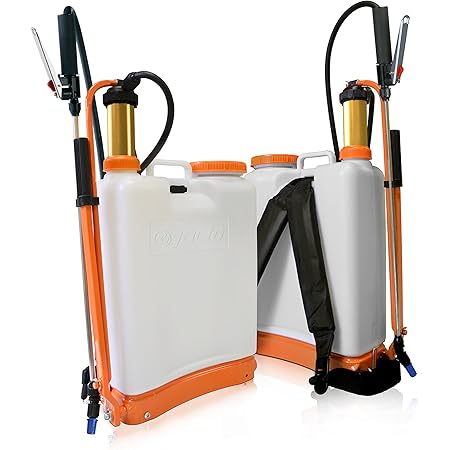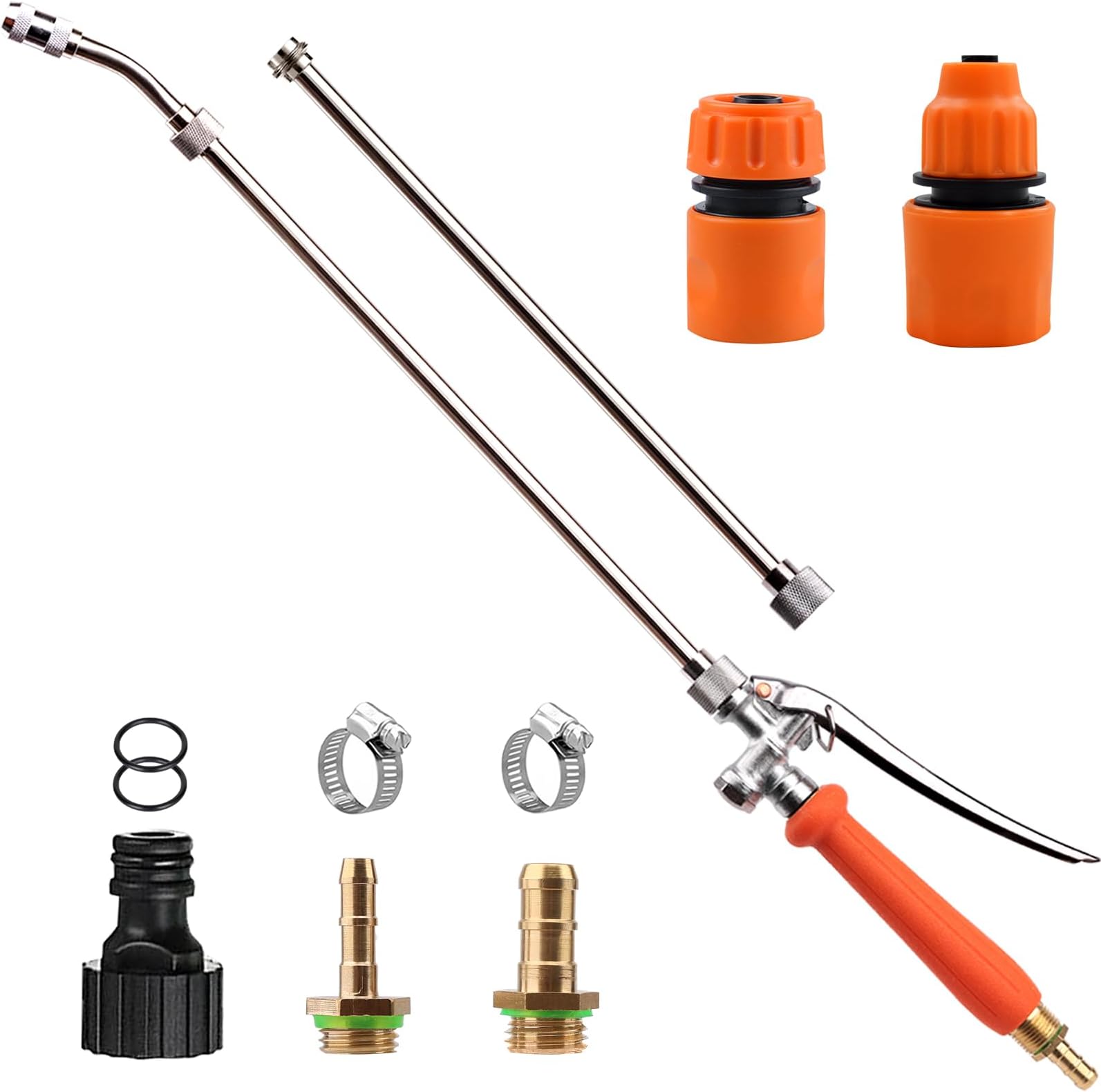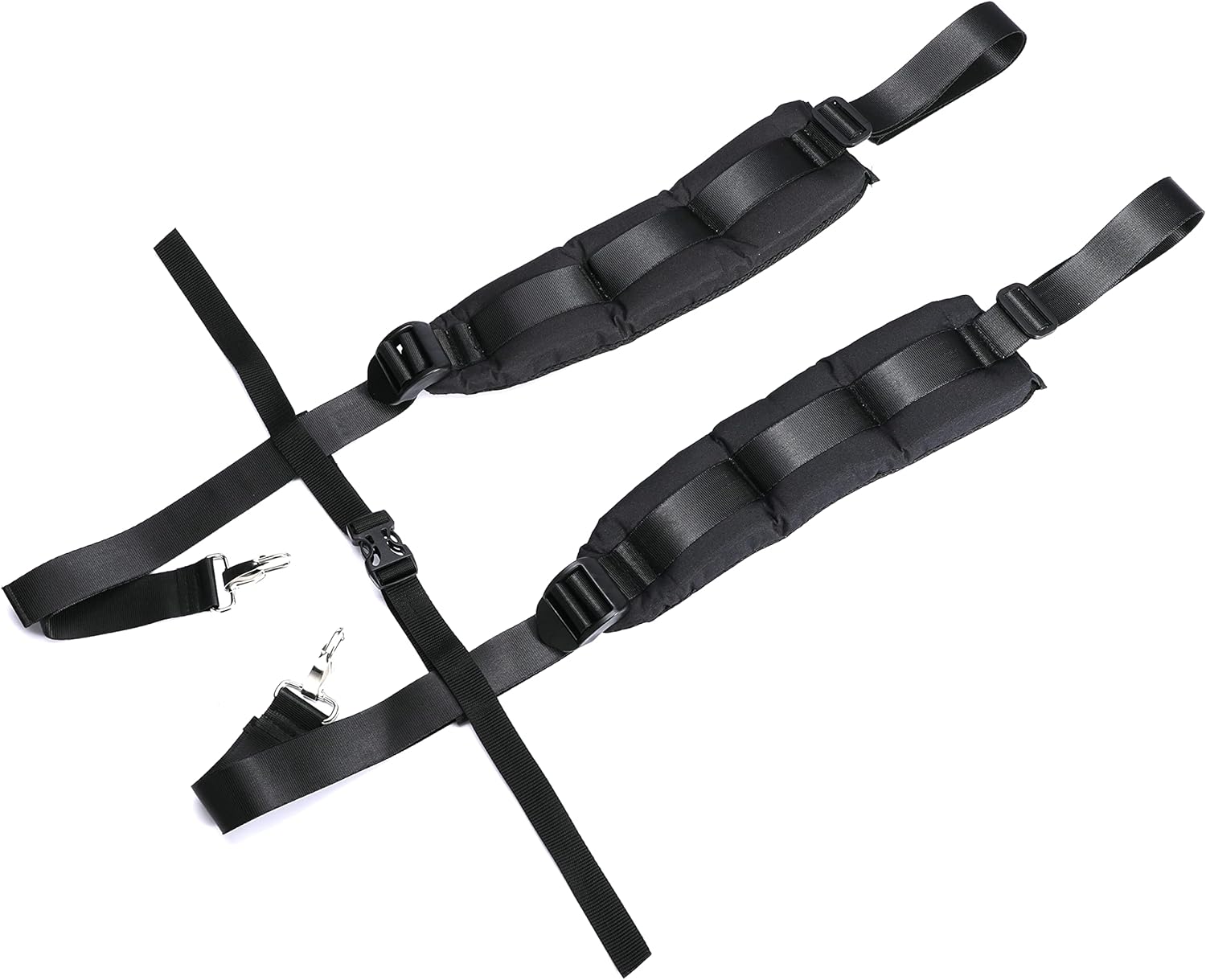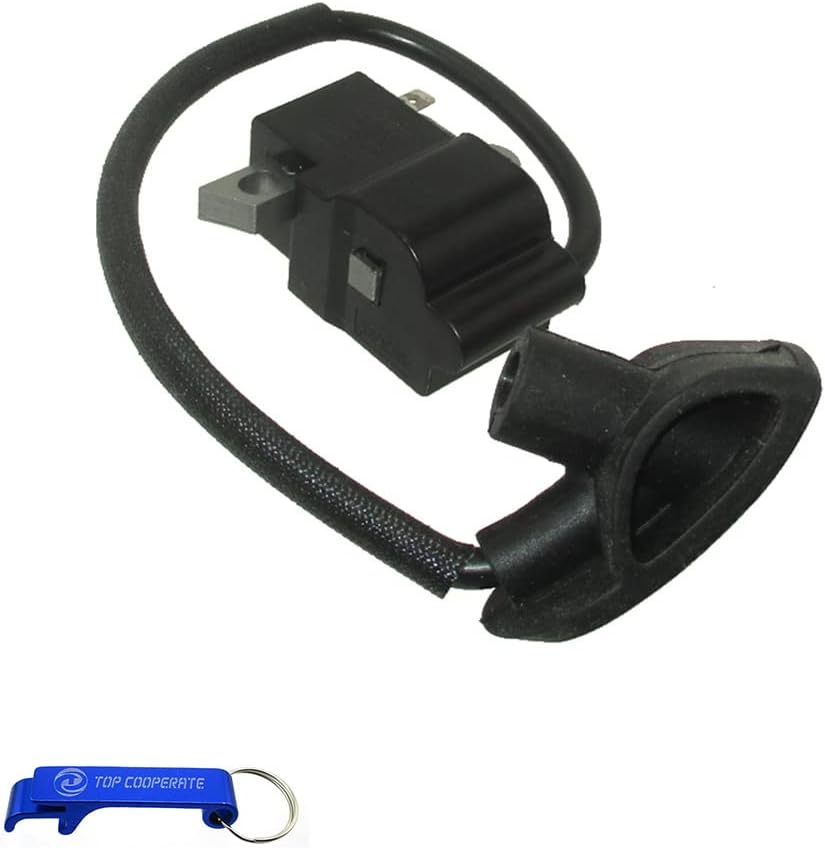Going green doesn’t mean giving up on effective pest and weed control. With the right equipment, you can significantly reduce chemical use while still maintaining a healthy and thriving landscape. The Stihl backpack sprayer, a powerhouse of efficiency and precision, is a key tool in this endeavor. This in-depth guide will explore how you can minimize chemical usage while maximizing the power and capabilities of your Stihl backpack sprayer.
Understanding the Importance of Torque in a Backpack Sprayer

Before we dive into the specifics of Stihl sprayers, let’s talk about torque. In the context of a backpack sprayer, torque isn’t about towing capacity (though we’ll touch on that later). Instead, it relates to the engine’s ability to overcome resistance, specifically the resistance of the pump pushing the chemicals through the sprayer’s wand and nozzle. A high-torque engine means smoother operation, even when tackling thick liquids or high-pressure spraying. This is crucial for minimizing chemical waste. A weak engine might struggle to maintain consistent pressure, leading to sputtering or inconsistent application, resulting in uneven coverage and potential overuse of chemicals.
A consistent, even spray pattern is key to efficiency. With less powerful engines, you might find yourself having to repeatedly spray the same area to ensure adequate coverage, thus defeating the purpose of minimizing chemical use. Stihl’s focus on engineering robust, high-torque engines translates directly to more efficient, environmentally conscious spraying practices.
Stihl Backpack Sprayer Engine Options: A Closer Look
Stihl offers a range of backpack sprayers with varying engine sizes and capabilities. While specific models and their exact specifications change over time, the underlying principle remains consistent: Stihl prioritizes high torque for reliable performance. You’ll generally find models powered by two-stroke engines, known for their power-to-weight ratio. These engines, while requiring a fuel/oil mix, offer exceptional performance and are well-suited for the demands of backpack spraying.
When choosing your model, carefully consider the size of the area you’ll be covering and the viscosity of the chemicals you’ll be using. A larger area or thicker chemicals will require a more powerful engine with higher torque. Always refer to the manufacturer’s specifications for detailed information on each model’s torque output and recommended applications.
Torque and “Towing” Specs: Clarifying the Misconception

It’s important to address a common misconception: Backpack sprayers aren’t designed for towing. While the engine’s power might seem capable of pulling something light, it’s not intended for that purpose. The torque is focused on driving the pump, not on towing capacity. Attempting to tow anything with your Stihl backpack sprayer could damage the engine and void any warranty. Focus on the engine’s ability to consistently and effectively pump the chemicals—that’s where the true power lies.
Comparing Stihl to the Competition

Stihl consistently ranks highly among backpack sprayer manufacturers due to its focus on quality, reliability, and power. Compared to competitors, Stihl often boasts higher torque engines, resulting in superior spraying performance. While other brands offer comparable features, Stihl’s reputation for durability and ease of maintenance often makes it a preferred choice for professionals and serious hobbyists alike. Factors like pump design, tank capacity, and nozzle options also play a significant role, but the engine’s torque remains a key differentiator.
When comparing different brands and models, pay close attention to the specifications, particularly the stated engine torque and pressure ratings. User reviews can also offer valuable insights into real-world performance and reliability.
Practical Advice for Minimizing Chemical Use with Your Stihl Backpack Sprayer

The power of your Stihl backpack sprayer is only half the battle. Here are some practical tips to maximize efficiency and minimize chemical use:
- Proper Calibration: Carefully calibrate your sprayer to deliver the correct amount of chemical per unit area. This prevents over-application and wasted chemicals.
- Targeted Application: Focus your spraying efforts on the specific areas that require treatment, avoiding unnecessary spraying of healthy plants or ground.
- Appropriate Nozzle Selection: Choose the right nozzle for your specific application. Different nozzles provide different spray patterns, allowing for more precise control.
- Regular Maintenance: Keep your sprayer in optimal condition. Regular maintenance, including cleaning and inspecting the pump and nozzle, ensures consistent performance and prevents clogging.
- Consider Integrated Technologies: Explore models with features like adjustable pressure control, allowing for precise chemical application.
- Integrated Tank Cleaning: Some models offer integrated features to facilitate thorough cleaning of the tank after use, making it easier to minimise chemical residue.
- Explore Alternative Pest Control Methods: Before resorting to chemicals, consider integrated pest management (IPM) techniques, such as biological control or attracting beneficial insects.
Minimizing chemical use is a crucial step towards environmental stewardship. By understanding the importance of torque, selecting the right Stihl backpack sprayer model, and employing efficient spraying techniques, you can significantly reduce chemical use while still effectively managing pests and weeds. Remember that investing in a high-quality, reliable sprayer is a long-term investment in both your landscaping and the environment. With proper care and attention, your Stihl backpack sprayer can be a powerful ally in your pursuit of a healthier, greener landscape.


